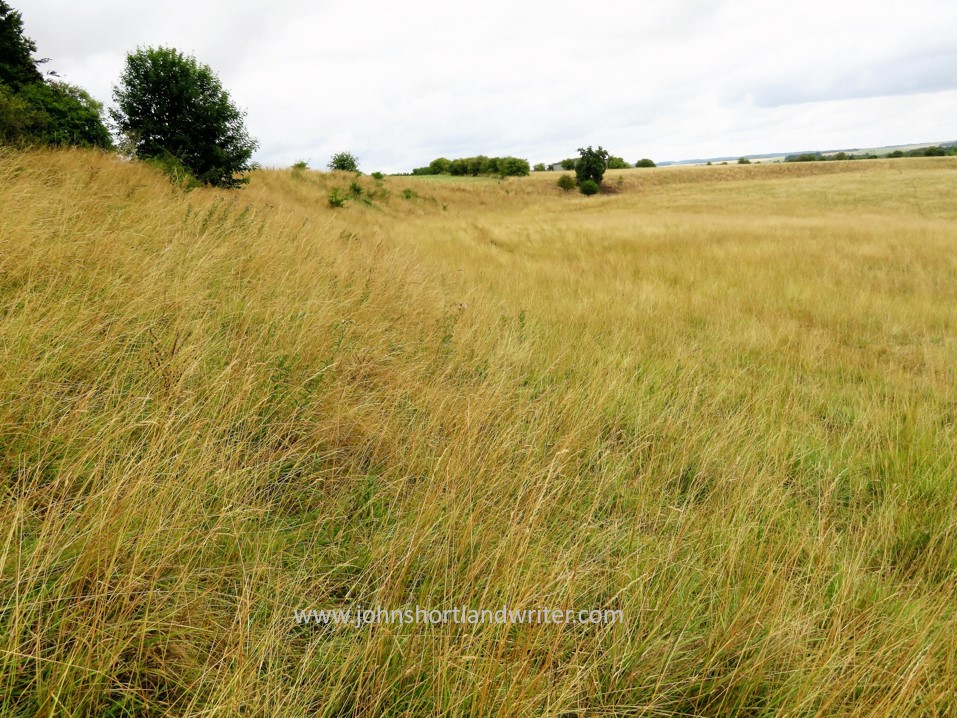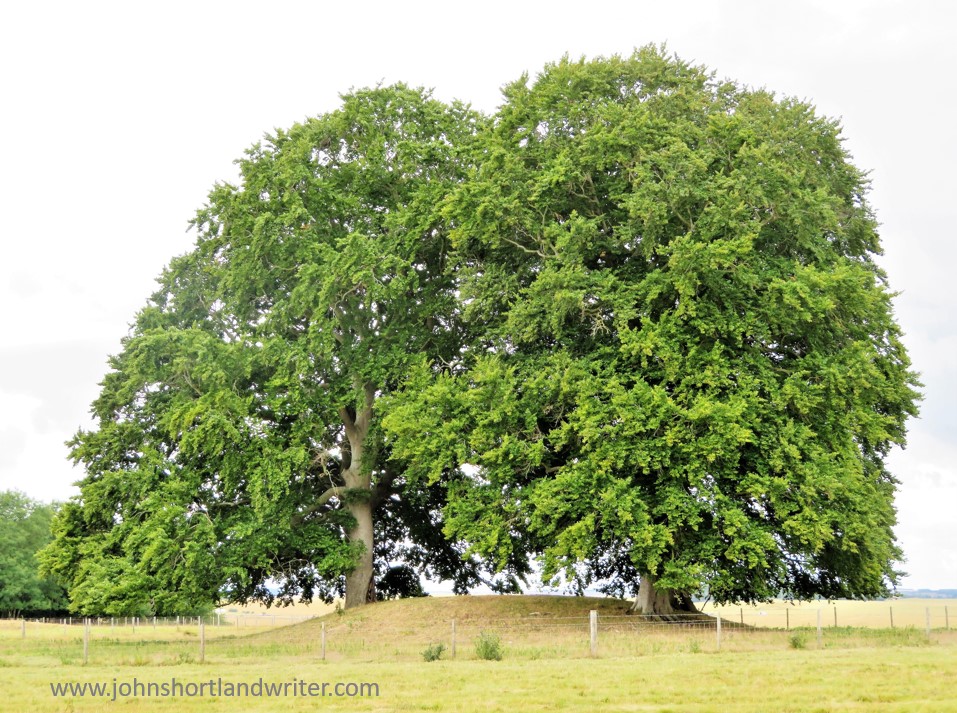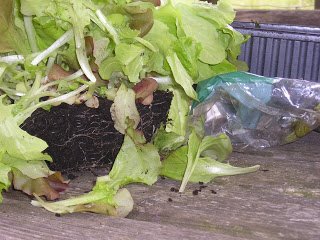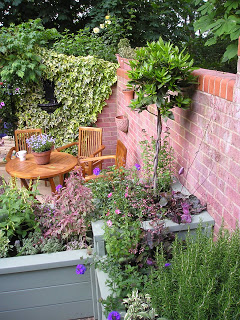It is many years since I last visited Stonehenge, the prehistoric standing stones so closely attuned to the midsummer solstice. Renowned throughout the world, it has been listed as an UNESCO World Heritage Site since 1986. With fame comes numerous issues, not least how to cope with the estimated one million visitors that come to see them each year. To prevent damage to the stones through soil erosion and, surprisingly, physical damage through the chipping off of ‘mementos’, the stones are now cordoned off. This fencing is removed to allow access at the time of the midsummer solstice, a time when hundreds of people wait through the night for the midsummer sun to rise directly between the stones. The image below is of a postcard that my great-aunt sent me in 1963 when the stones were much less frequently visited and reminds me of those early years when I used to play amongst them.

The Stonehenge World Heritage Site covers an area that includes other Neolithic standing stones close by. A few miles away, and unlike Stonehenge, a place where you can walk amongst the stones every day of the year, is Avebury. This circle is huge and considerably older than Stonehenge: flint tools dating back 9000 years show that early man was passing that way 4000 years before Stonehenge was built. Avebury is the place to visit if you want to get close enough to touch the stones and it is also completely free to visit. To visit Stonehenge can be quite costly although there is another way you can see the stones (legally) without paying if you’re prepared to walk – see below.

The third site, and to my mind, the best one for you will almost certainly have the place to yourself, is known as Woodhenge & Durrington Walls. To be really impressed by this comparatively unknown place you do need to know some background information of its history plus a vivid imagination. For me, it is such an atmospheric place to visit that the latter has never been an issue! I recommend starting your walk here and walking inside the circle of Durrington Walls before exploring Woodhenge. The first thing that is noticeable about Durrington Walls is that there are no walls! The circular bank and ditch that surrounds the site was enormous and consisted of the bank itself which would have been several metres high. The ditch originally was over five metres deep and, in places, up to thirty metres wide. It is estimated that between four and six thousand people would have been needed to build the walls as well as the various houses and large timber circles associated with the site. A feat quite remarkable nowadays let alone over four thousand years ago using just antler pickaxes! Although nothing remains above ground now, apart from the bank, I found it very easy to imagine, as I walked alone and in silence, the bustle and noise of these industrious people.


Leaving Durrington Walls I made my way to the Cuckoo Stone, my only companions, sheep. Now fallen, this stone would originally have been placed upright. Looking at maps, it appears to be more, or less in line with the Great Cursus (more about that below) which in turn leads to Stonehenge. The Cuckoo Stone, positioned 4000 years ago, continued to be ritually used into Roman times for in 2007, during archaeological excavation, a small building thought to be a shrine from that period was discovered.

Leaving the Cuckoo Stone, my path led to an old track edged by wildflowers humming with bees and butterflies and bringing me out at the top of the Cursus. The Cursus is another huge earthwork showing nowadays as a crop mark – two bright green stripes in an otherwise darker landscape. If you compare my photograph with the one of the information board (below), I was standing at the opposite end. In my image, the end of the Cursus can just be made out on the far horizon almost two miles distant. The purpose of the Cursus is unknown but thought to be ceremonial as it is again aligned to the summer solstice. It is even older than Stonehenge having been constructed several hundred years earlier.


Another good track took me due south before turning west to Old King Barrows and then back south to New King Barrows. Before leaving the Cursus I stood to watch the visitors to Stonehenge some long way off and thinking how lucky I was to have all of this unseen history of the World Heritage Site to myself with only the song of skylarks as company. More than five thousand years separated me from the Neolithic people yet surely, they must have stood here too and seen a similar picture as they made their way to join others already arrived, a humbling thought.

The Old and New King Barrows consist of two groups, each of seven burial mounds so fourteen in total, separated by Stonehenge Avenue which is only visible as another cropmark. The Avenue linked Stonehenge to the River Avon almost two miles away and was, perhaps, another route the Ancients would have taken to reach the stones. Despite their name, the Old and New King Barrows date from the same time period, and also around the same as Stonehenge.

It was by the barrows that I turned back towards Woodhenge, the last part of my relatively short but extraordinarily rich walk, rich both in its views and its wildlife, as well as its history. As if to bring me almost up-to-date in time, the sound of an old-fashioned binder in an adjoining field was busy bringing in the harvest. Not quite twenty-first century but a common sight less than a hundred years ago.

The final part of my walk to Woodhenge can be found by clicking this link here.
To visit Stonehenge for free involves a walk not dissimilar to this one. Park in Durrington village and take the public bridleway path (where it meets Fargo Road) directly south to Stonehenge. The path passes the stones within yards of the public viewing path so you will still be separated from the stones. Public footpaths continue southwards, criss-crossing an area rich in more barrows and other ancient earthworks. With the help of an Ordnance Survey map it should be quite possible to make a longer, circular walk.
**Click on any of the images to enlarge**
.
































